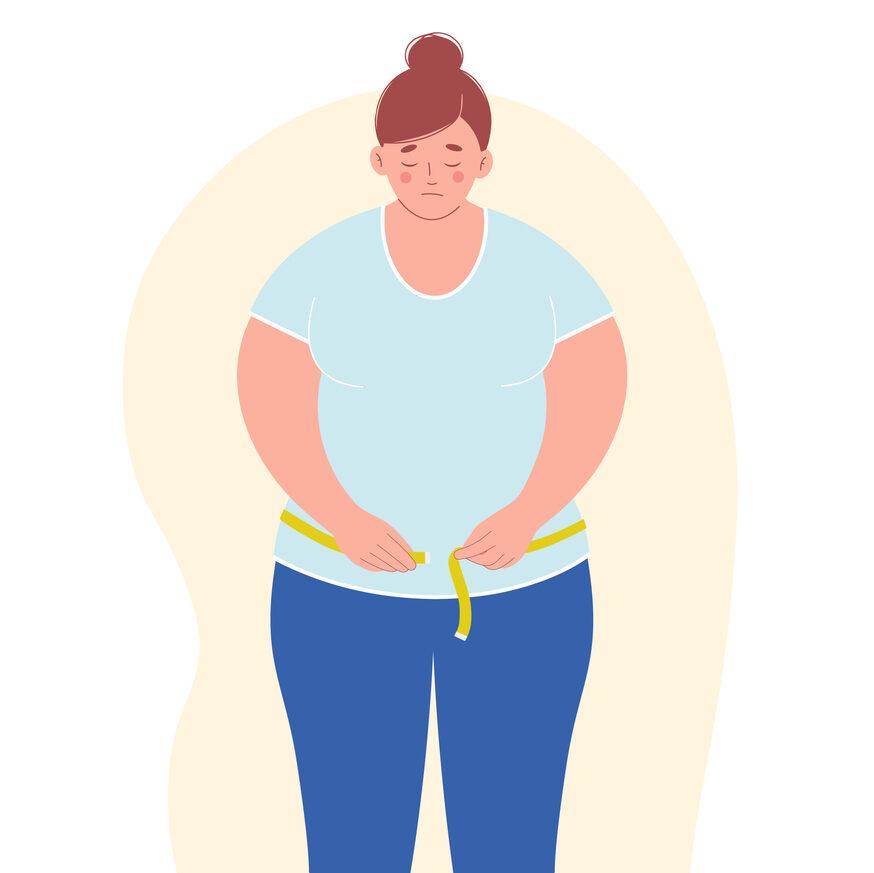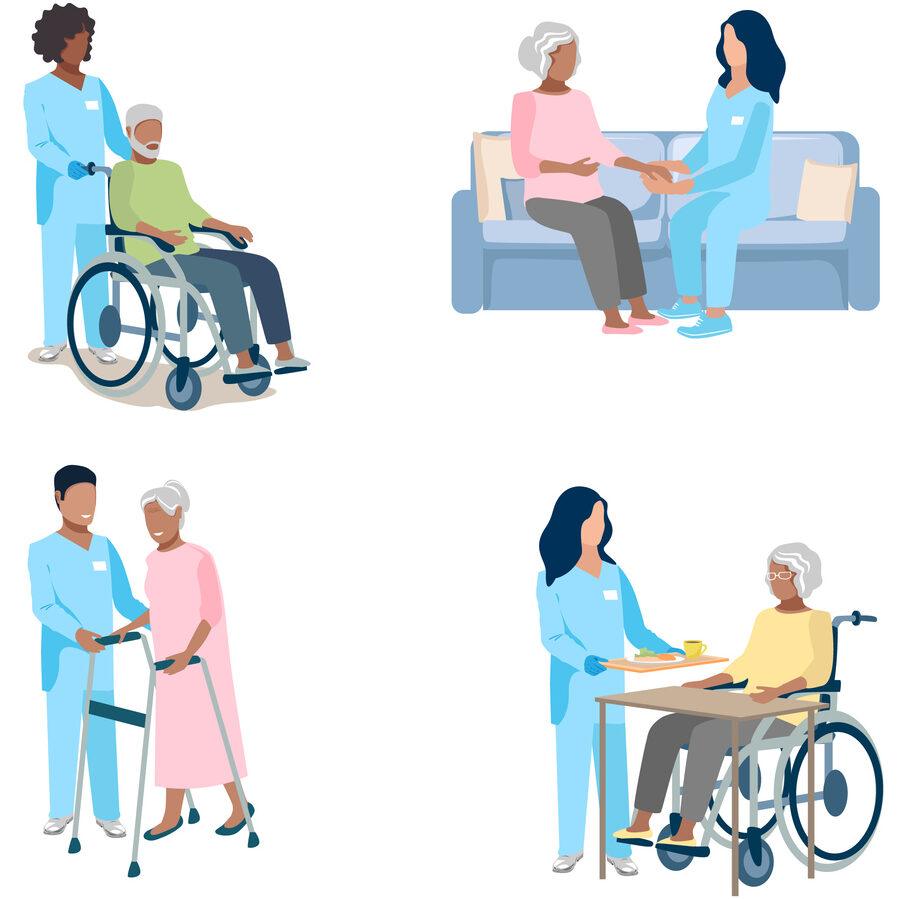What Causes Hernias to Occur and Reoccur?
Below are the risk factors that cause hernias and increases the chances of them reoccurring.

Being overweight

Chronic lung disease such as asthma and COPD

Increased age and frailty

Poorly controlled diabetes

Smoking

Certain medications such as steroids and immunotherapy
These risks for hernia formation (including recurrence) work by deteriorating connective tissue quality and or increasing the forces applied to the abdominal wall.
To understand this, you need to understand the structure of collagen. Collagen is a structural protein that lies in parallel fibres. These parallel fibres could be forced apart by pressure applied to them. So, they have evolved (di-sulphide) cross-linking bridges that prevent the parallel fibres being forced apart and another protein woven into the parallel fibres called elastin that allows the collagen to stretch and recoil with pressure and movement. The mix of genes we have for expressing this individualizes the expression of our connective tissues so without additional risk factors we have a varying risk of abdominal wall hernias forming just from how our genes are expressed.
Some external risks alter this: Smoking, older age and steroids weaken our connective tissues.
Smoking reduces the amount of collagen we have in tissues (makes tissues thinner), with a lower proportion of elastin and far fewer di-sulphide bridges (so they are weaker) making it easier to push collagen fibres apart.
Old age sees the same effect in slightly different proportions. So, as we age, we become more prone to hernias.
Steroids reduce the amount of collagen we replace as our tissues are recycled.
Poorly controlled respiratory disease and obesity work in the other way.
By increasing the pressure/force applied to our abdominal wall. Whether you are more prone to developing an apple rather than a pear shape alters the mechanism, but the outcome is the same. Excess fat deposition occurs in and between all tissues this alone can weaken the connective tissue so increases the risk described above without altering the relative proportions of the structural proteins. Fatty tissue dilutes them a little if you like and fat has no strength.
Apple shapes deposit fatty tissue inside their abdomen and this accumulating mass exerts increasing pressure against the abdominal wall. As this is countered by core muscle contraction with simple everyday activity such as walking or getting up and out of a bed or chair these muscles pull against the more fixed natural weak areas that can open up potential shapes to become actual spaces. The greater your intra-abdominal pressure the greater this effect.
The more obese someone is the more effort is required to lift that weight during breathing so muscles tire quicker and the fixed natural weak areas of the abdominal wall get pulled allowing the intra-abdominal content to exert more pressure or force against the weakest areas. This is how pear shapes develop hernias. The more overweight we are the more we combine apple and pear shapes and so make these effects even greater.
Respiratory disease affects our risk as the top half of our abdominal wall is needed to aid respiration.
It is why using your arms to brace yourself when short of breath helps your breathing. You are using your abdominal wall and shoulders to aid respiration. The more easily we become short of breath (poorly controlled respiratory disease) the more effort is required to lift that weight during breathing. As described above, this causes muscles to tire more quickly and the fixed natural weak areas of the abdominal wall to get pulled, allowing the intra-abdominal content to exert more pressure or force against the weakest areas.
Lastly, how does diabetic control alter the risk?
This is more complex to explain. To keep it simple: poor glucose control over time alters the rate at which we replace tissue, making it ‘age’ quicker. The more normal our average blood sugars the less this happens.
BOOK A CONSULTATION
Got a question?
